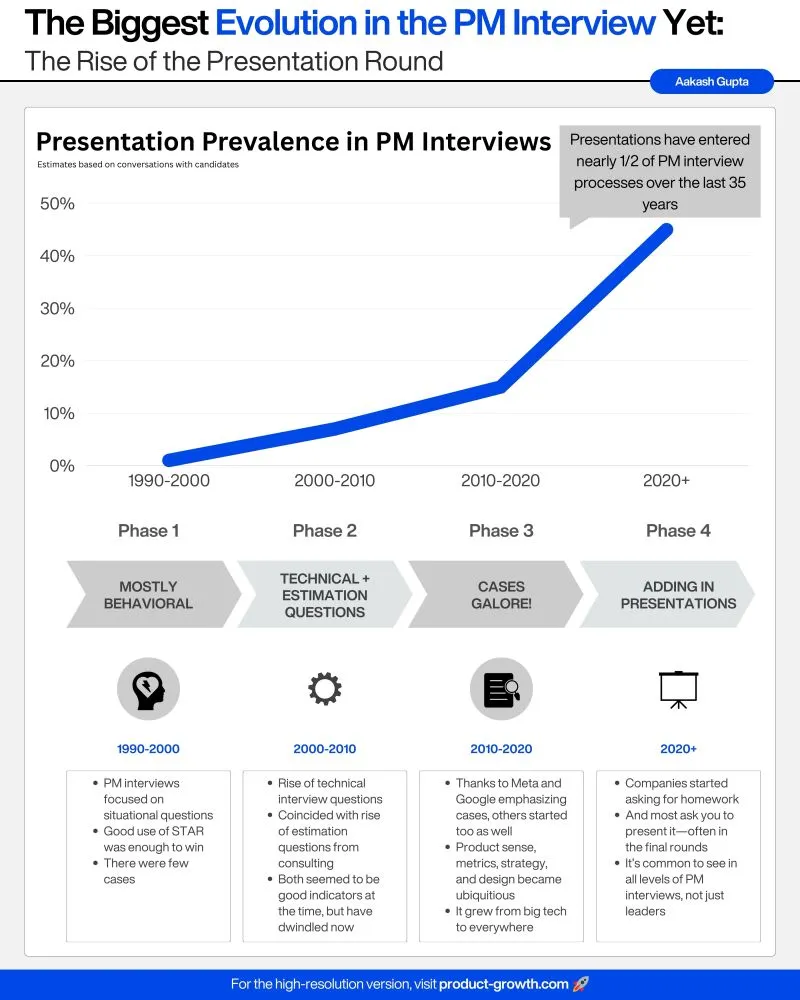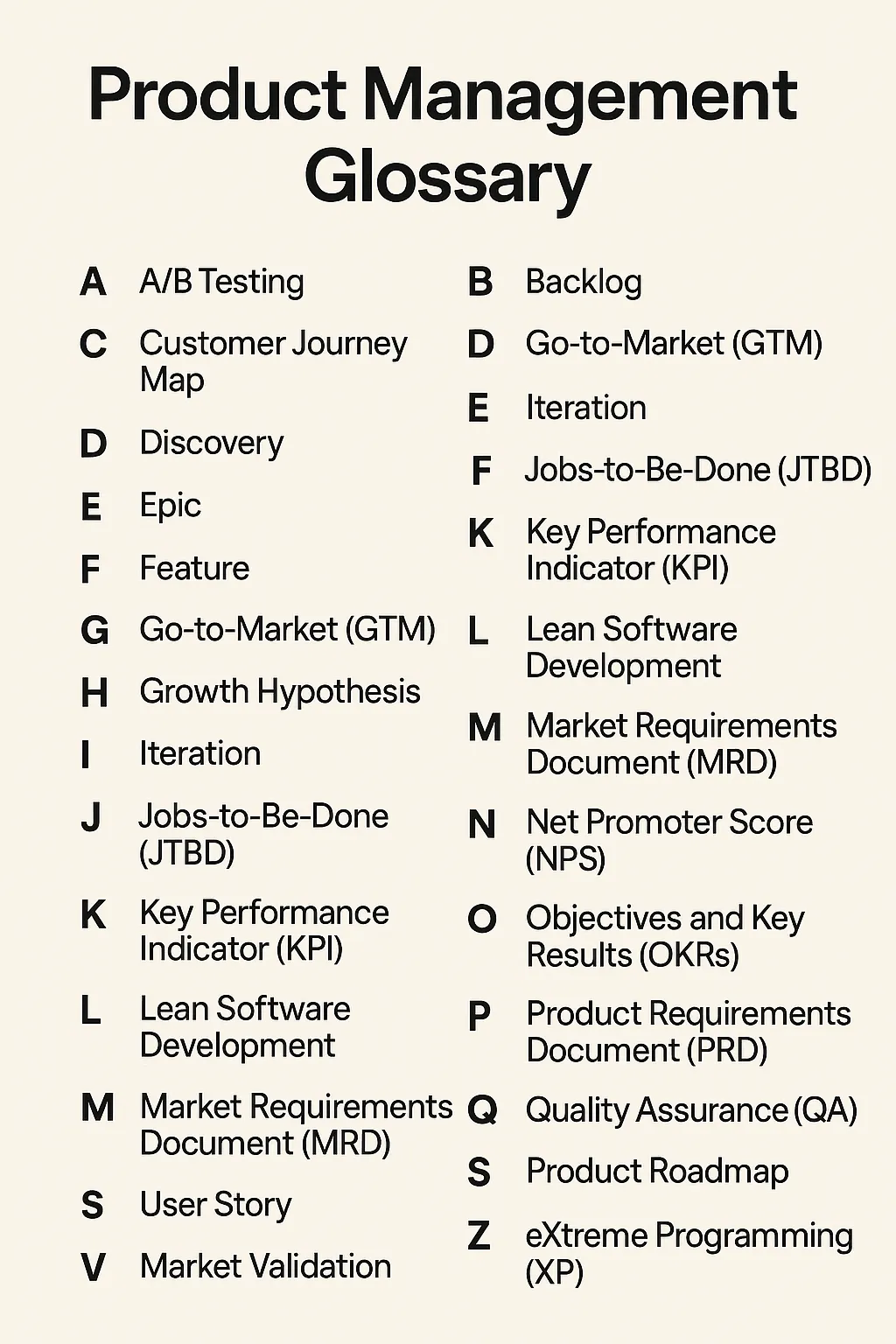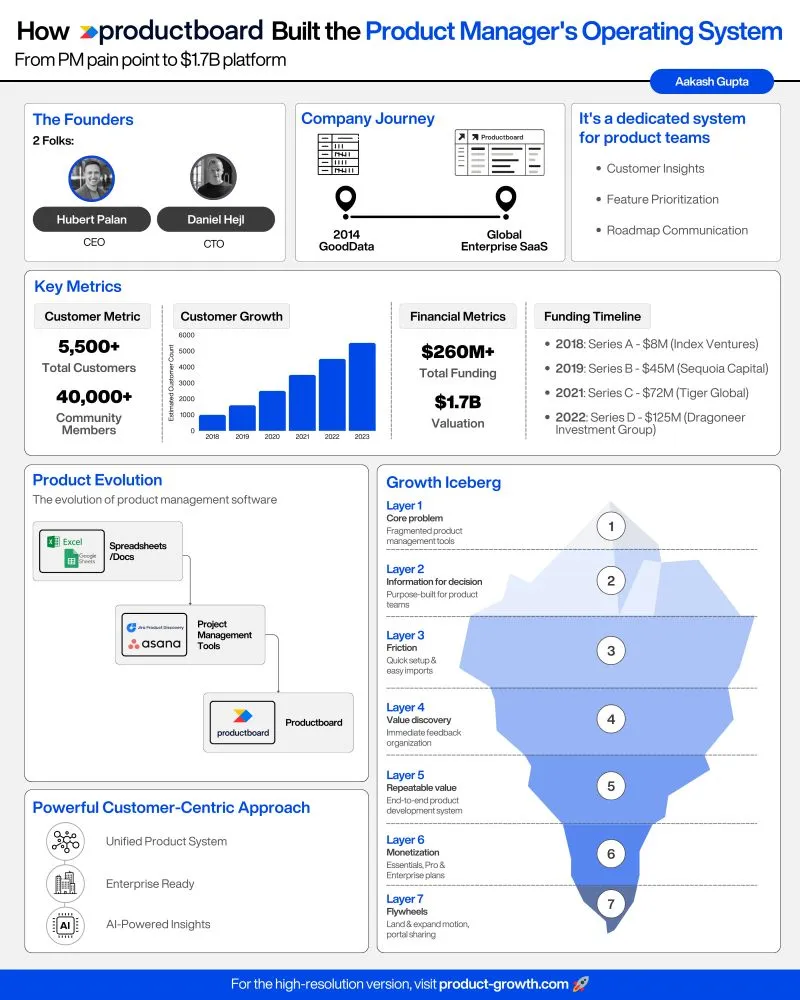
Emerging Product Management Trends for 2025: Insights and Strategies for Leaders
Welcome 2025! It’s the perfect time to reflect on how product management is evolving and how we can stay ahead of the curve. The trends that gained traction in 2024 are now shaping the way we approach our work, offering opportunities to innovate and deliver greater value. These aren’t just industry buzzwords — they’re defining our strategies and goals. Let’s explore these trends, understand the risks of overlooking them, and discuss actionable ways to incorporate them into your roadmap for success.
1. Artificial Intelligence (AI) Integration
AI is everywhere right now, and for good reason. It’s helping us automate repetitive tasks, make smarter decisions, and deliver personalized experiences. Generative AI, in particular, is opening up new possibilities for design and content creation.
- What Happens If You Ignore It? You risk getting outpaced by competitors who are using AI to work smarter and faster.
- How to Start: Don’t feel overwhelmed. Begin with something small, like using AI tools for data analysis or automating customer service with chatbots. And don’t forget to get your team comfortable with these tools.
- Who’s Doing It Well? Spotify’s AI-curated playlists are a game-changer for personalized music experiences.
2. Sustainable and Eco-Friendly Product
Let’s face it: sustainability isn’t just a nice-to-have anymore — even for software. Consumers and stakeholders are increasingly looking for eco-conscious practices across industries. For software products, this means focusing on energy efficiency, reducing digital waste, and promoting responsible resource usage.
- What Happens If You Ignore It? You risk criticism from eco-conscious users and missing opportunities to contribute positively to global sustainability efforts.
- How to Start: Optimize your software for energy efficiency by minimizing server usage and leveraging green cloud computing solutions. Conduct regular code audits to reduce redundancy and improve performance. Educate your team on sustainable development practices.
- Who’s Doing It Well? Companies like Google are leading the way with carbon-neutral data centers and energy-efficient infrastructure, setting an example for sustainable software operations.
3. Low-Code/No-Code Development
This one’s a game-changer for teams. Low-code and no-code platforms let people without a tech background build apps and automate processes, speeding up development and reducing costs.
- What Happens If You Ignore It? You’ll be slower to innovate and might end up with higher development expenses.
- How to Start: Identify areas where automation could help, and test out a low-code tool. It’s also worth investing in some training for your team.
- Who’s Doing It Well? Tools like Zapier are empowering businesses to create workflows without writing a single line of code.
4. Internet of Things (IoT) Product Development
IoT is all about connecting devices to create seamless, automated experiences. Think smart homes, wearable tech, and even connected healthcare devices.
- What Happens If You Ignore It? You could miss out on one of the fastest-growing markets and risk becoming irrelevant.
- How to Start: Pinpoint where IoT could add value to your products. And remember, data security is key — customers need to trust your product.
- Who’s Doing It Well? Philips Hue smart lighting shows how IoT can make life easier and more customizable.
5. Ethical Product Design
This one’s close to my heart. Ethical design means creating products that are inclusive, accessible, and respect user privacy. It’s about building trust and doing right by your customers.
- What Happens If You Ignore It? You risk losing trust, alienating users, and even running into legal troubles.
- How to Start: Conduct audits for accessibility and involve diverse groups in product testing. Be upfront about how you’re using customer data.
- Who’s Doing It Well? Microsoft’s focus on accessibility, like their screen readers, sets a great example.
6. Augmented Reality (AR) and Virtual Reality (VR) Integration
AR and VR aren’t just for gamers. They’re changing how we design, prototype, and engage with customers. Imagine visualizing a product in your space before buying it!
- What Happens If You Ignore It? You might miss out on creating immersive experiences that customers now expect.
- How to Start: Experiment with AR/VR for internal design processes or customer-facing features. Start small and scale up.
- Who’s Doing It Well? IKEA’s AR app lets you see how furniture fits in your home — super handy, right?
7. Hyper-Personalization
Customers don’t want one-size-fits-all anymore. Hyper-personalization uses AI and data to tailor products to individual preferences.
- What Happens If You Ignore It? You end up with generic offerings that fail to impress.
- How to Start: Use data analytics to understand your customers better and offer tailored experiences. Keep refining your approach.
- Who’s Doing It Well? Netflix’s recommendation engine keeps users hooked with content they love.
Let’s Talk About Your 2025 Roadmap
Here’s the thing: no one’s expecting you to tackle all these trends overnight. But what if you created a personal roadmap to work on the skills and strategies that matter most to you and your products?
- Step 1: Take stock of where you are. What skills or tools do you feel confident about? Where could you use some growth?
- Step 2: Set specific goals. Maybe it’s mastering a low-code platform or understanding sustainability practices better.
- Step 3: Build a plan. Look for workshops, courses, or even mentorship opportunities to fill those gaps.
- Step 4: Share your vision. Bring your team along for the ride and collaborate to align your personal growth with company goals.
Reflecting on the Last Five Years
Here’s a quick rundown of the major product management trends from 2020 to 2024:
- 2020: Agile adoption and remote collaboration tools became essential with the rise of distributed teams.
- 2021: A surge in AI-driven analytics tools that helped PMs understand user behavior better.
- 2022: The rise of subscription models and recurring revenue streams as a dominant business strategy.
- 2023: A focus on customer-centricity, with design thinking becoming a core part of product strategy.
- 2024: Data-driven decision-making took center stage, with PMs relying heavily on metrics and insights.
Now ask yourself:
- Which of these trends did you adopt in your products? How did they help you grow?
- Which ones did you skip or overlook? What was the consequence of that decision?
For me, I’ve learned that ignoring a trend often means playing catch-up later, which can be costly. But the good news? It’s never too late to embrace change. Use these lessons to inform your roadmap for 2025 and beyond.
—
Not every trend will fit your product or your team, and that’s okay. The key is to stay curious, stay informed, and pick what aligns best with your goals. Let’s make 2025 the year you take charge of your growth and create products that truly make an impact. Ready to start your roadmap? Let’s go!









Comments ...
No Comments Yet ...Add One